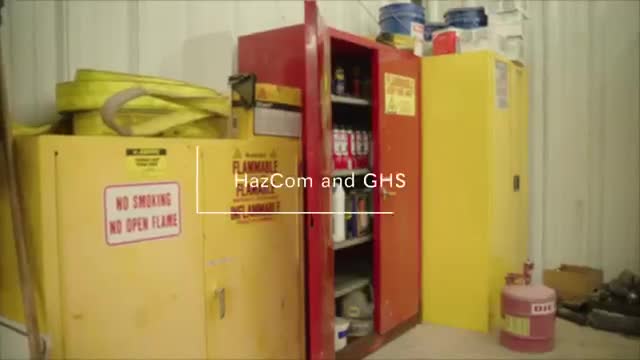MSHA outlines Hazcom training requirements for new miners on chemical hazards
May 28, 2025 | Natural Resources - Reclamation Mining & Safety Division, State Agencies, Organizations, Executive, Colorado
This article was created by AI summarizing key points discussed. AI makes mistakes, so for full details and context, please refer to the video of the full meeting. Please report any errors so we can fix them. Report an error »

The meeting held on May 28, 2025, by the Natural Resources - Reclamation Mining & Safety Division in Colorado focused on the implementation and importance of the Mine Safety and Health Administration's (MSHA) Hazard Communication Standard, commonly referred to as Hazcom. This standard emphasizes two critical principles: the right of miners to be informed about chemical hazards in their workplace and the obligation of mine operators to be knowledgeable about these hazards.
The discussion began with an overview of the Hazcom training requirements for new miners, which must be completed before they start work at the mine. It was highlighted that miners are also required to undergo training whenever they are assigned new tasks that involve unfamiliar chemical hazards, or when new chemical hazards are introduced. This training is essential for ensuring that miners understand the physical and health risks associated with the chemicals they may encounter.
Key components of the training include familiarization with the mine's Hazcom program, which covers the labeling system, safety data sheets (SDS), and the procedures for accessing and utilizing this information effectively. Miners are instructed on how to identify areas where hazardous chemicals are present and how to recognize signs of accidental releases, such as changes in smell or color.
The meeting also addressed what constitutes hazardous chemicals in a mining environment. According to MSHA, a chemical is deemed hazardous if it poses a risk of illness or harm from exposure. Examples of hazardous substances mentioned include diesel fuel, used motor oil, brake fluid, paint thinner, hydraulic fluid, acetylene, gasoline, and brake cleaner.
Furthermore, the mine's Hazcom program must include a comprehensive list of hazardous chemicals present at the site and outline how miners will be informed about unlabeled hazardous chemicals, such as those found in pipes, as well as the hazards associated with non-routine jobs.
In conclusion, the meeting underscored the importance of Hazcom training and the need for ongoing education regarding chemical hazards in mining operations. The commitment to safety and health in the mining industry remains a priority, ensuring that miners are well-informed and equipped to protect themselves and their colleagues from potential chemical exposures.
The discussion began with an overview of the Hazcom training requirements for new miners, which must be completed before they start work at the mine. It was highlighted that miners are also required to undergo training whenever they are assigned new tasks that involve unfamiliar chemical hazards, or when new chemical hazards are introduced. This training is essential for ensuring that miners understand the physical and health risks associated with the chemicals they may encounter.
Key components of the training include familiarization with the mine's Hazcom program, which covers the labeling system, safety data sheets (SDS), and the procedures for accessing and utilizing this information effectively. Miners are instructed on how to identify areas where hazardous chemicals are present and how to recognize signs of accidental releases, such as changes in smell or color.
The meeting also addressed what constitutes hazardous chemicals in a mining environment. According to MSHA, a chemical is deemed hazardous if it poses a risk of illness or harm from exposure. Examples of hazardous substances mentioned include diesel fuel, used motor oil, brake fluid, paint thinner, hydraulic fluid, acetylene, gasoline, and brake cleaner.
Furthermore, the mine's Hazcom program must include a comprehensive list of hazardous chemicals present at the site and outline how miners will be informed about unlabeled hazardous chemicals, such as those found in pipes, as well as the hazards associated with non-routine jobs.
In conclusion, the meeting underscored the importance of Hazcom training and the need for ongoing education regarding chemical hazards in mining operations. The commitment to safety and health in the mining industry remains a priority, ensuring that miners are well-informed and equipped to protect themselves and their colleagues from potential chemical exposures.
View full meeting
This article is based on a recent meeting—watch the full video and explore the complete transcript for deeper insights into the discussion.
View full meeting
